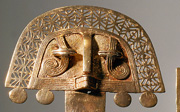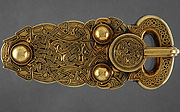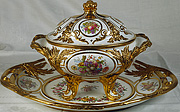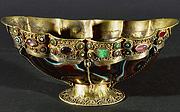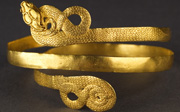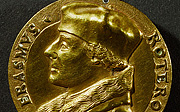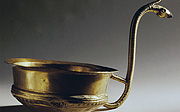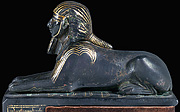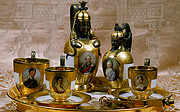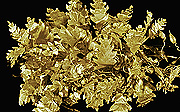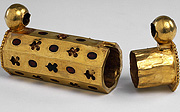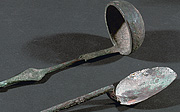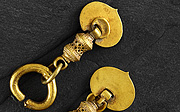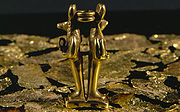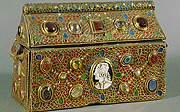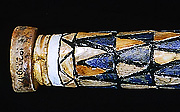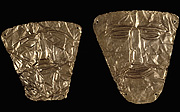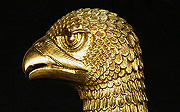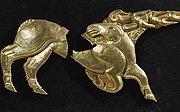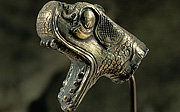
#03050449
Silver handle from the Capheaton treasure, Roman Britain, 2nd or 3rd century AD....

#03050460
Gold belt buckle fom the ship-burial at Sutton Hoo, Suffolk, early 7th century....

#03050461
Gold disc pendant decorated with filigree and garnet inlay, Anglo-Saxon, early 7...

#03050463
Shrine boss, Irish, first half of the 8th century. This once sumptuously decorat...

#03050466
The Londesborough Brooch, Irish, 8th-9th century. The Londesborough brooch is un...

#03050467
The Strickland Brooch, Anglo-Saxon, mid-9th century. Plain gold panels enrich a...

#03050625
Gold amphora-rhyton with centaur handles on each side (3rd BCE). Panagyurishte...

#03050626
Gold jewelery (crown necklace, earrings, pins) from a burial chamber at the necr...

#03050648
Gold tablet with inscription in Etruscan; 6th century BCE.

#030701 2
Ceremonial adze,from Baktria,Northern Afghanistan; end 3rd,beginning 2nd Mi...

#03070151
Gold jug from the Oxus treasure, Achaemenid Persian, 5th-4th century BC. Fine go...

#03070152
Gold model chariot from the Oxus treasure, Achaemenid Persian, from the region o...

